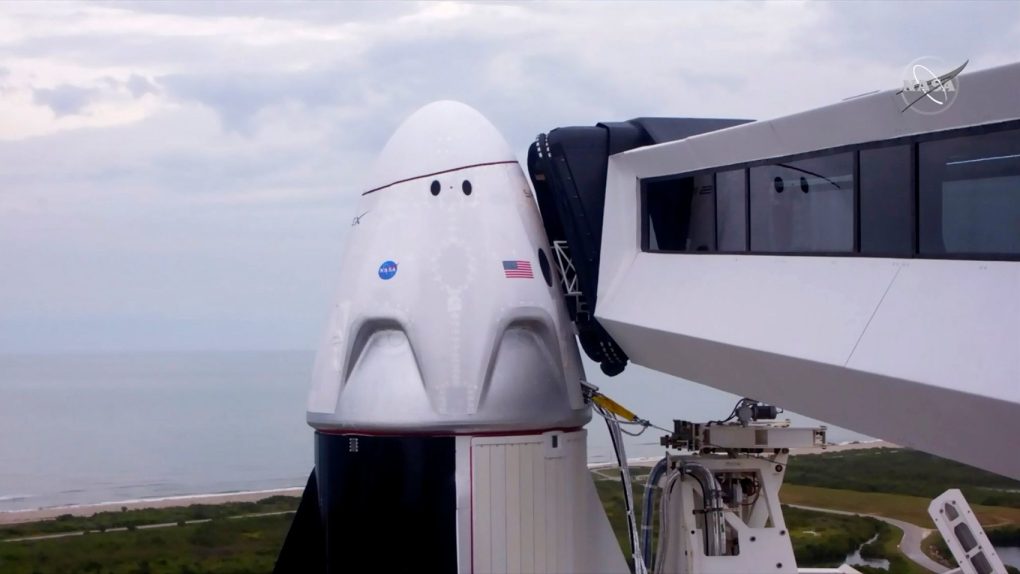SpaceX is already the clear winner of the Commercial Crew Program race, having delivered its Crew Dragon spacecraft to NASA well ahead of its competitor, Boeing, which has yet to even complete an uncrewed mission to the ISS. Now, with a couple of crewed launches already under its belt, the company is poised to do another one, and this time it’s going to chalk up a few “firsts” along the way.
A press release reveals that next week’s planned flight to the International Space Station will be handled by a used SpaceX Falcon 9 and a used Crew Dragon capsule. This is the first time that both pieces of fight-proven hardware will be used for a crewed launch, and since SpaceX’s entire business model depends on the ability to refurbish and reuse its hardware over and over, a crewed launch on used hardware is a very big deal.
The fact that SpaceX beat Boeing to the punch by delivering its Crew Dragon before Boeing’s Starliner capsule was big news. Boeing, with decades of experience fulfilling contracts for NASA, was seen as the favorite to deliver its hardware first. Instead, the company stumbled virtually every step of the way, leaving the door wide open for SpaceX’s Crew Dragon to be completed first, despite SpaceX dealing with its own fair share of setbacks.
The space agency is obviously happy to have a crew-capable capsule with which to send astronauts into space from U.S. soil, but it would love to have more than one option. In any case, with Boeing not expected to launch a crewed test flight until 2022, we can assume that NASA will lean heavily on Crew Dragon and SpaceX going forward.
The flight on Thursday, April 22nd, will see a total of four new astronauts travel to the International Space Station. The crew includes members of NASA, JAXA (the Japanese Aerospace Exploration Agency), and the ESA (European Space Agency). Here’s NASA’s own summary of the crew and their roles:
The Crew-2 flight will carry NASA astronauts Shane Kimbrough and Megan McArthur – who will serve as the mission’s spacecraft commander and pilot, respectively – along with JAXA (Japan Aerospace Exploration Agency) astronaut Akihiko Hoshide and ESA (European Space Agency) astronaut Thomas Pesquet, who will serve as mission specialists to the space station for a six-month science mission.
The launch is expected to take place at 6:11 a.m. Eastern Daylight Time. As usual, NASA is planning on covering the launch on its various online portals including YouTube. The agency will provide commentary before and during the launch, including additional details about the crew, their mission, and of course the capsule and rocket that is ferrying them into space.
It’ll be a big day for NASA but an even bigger day for SpaceX, as the company will have a chance to prove for the first time that refurbished hardware can be just as reliable as any other.








